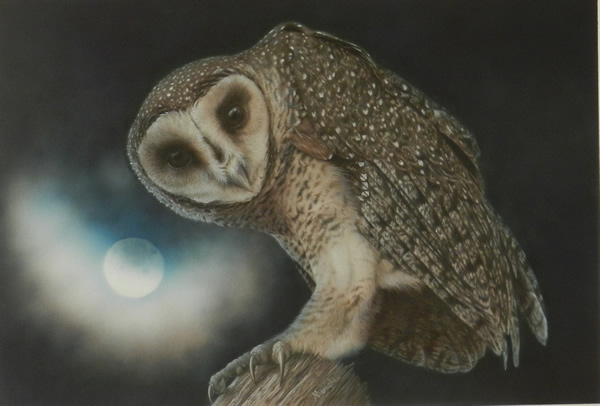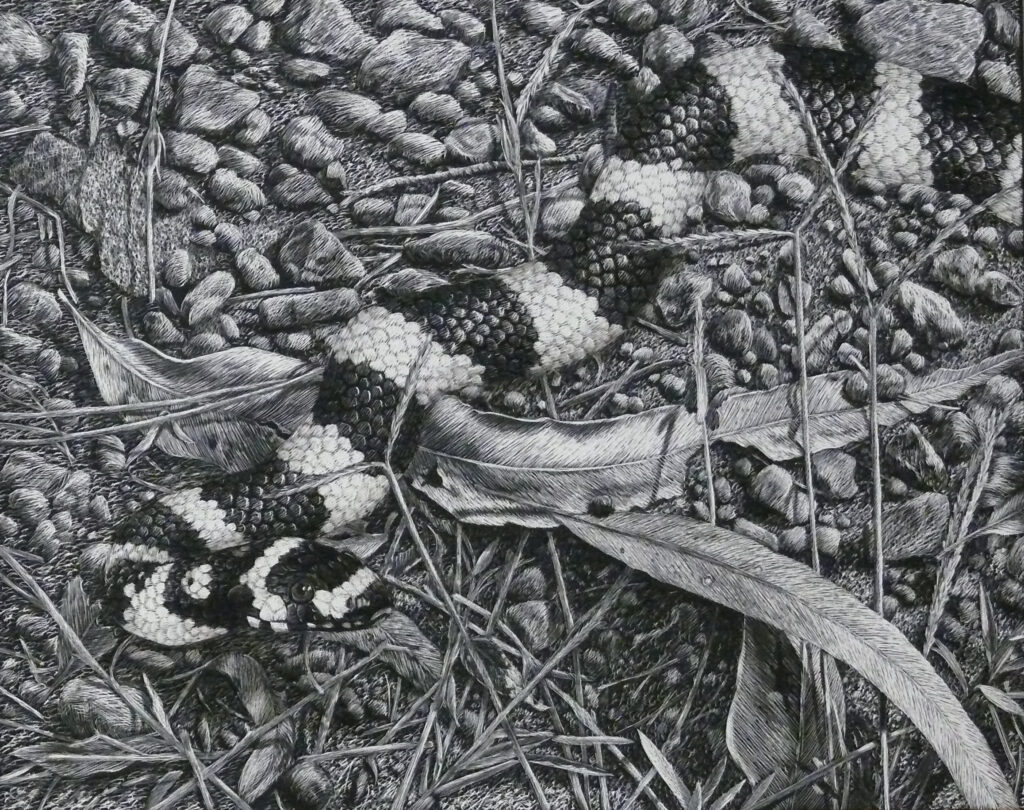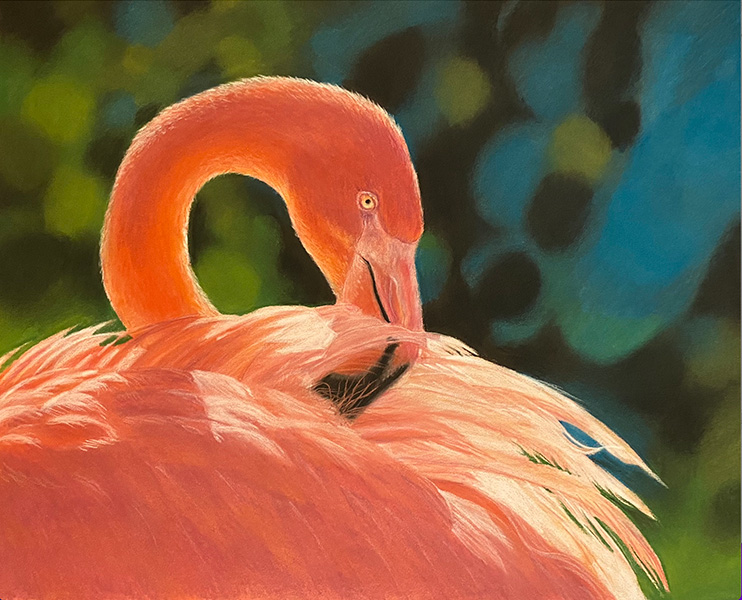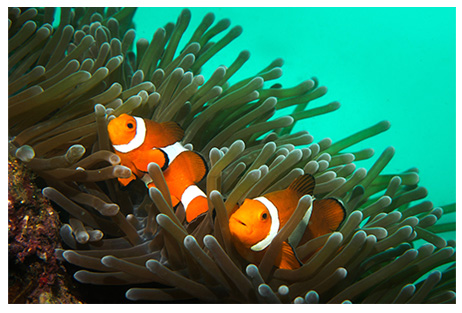Obtaining contrast in your wildlife art can make your work more visually striking and engaging. Contrast can be achieved through various artistic elements and techniques. Here are some tips to help you create contrast in your wildlife art:
Value Contrast: Use differences in light and dark areas to create depth and dimension in your artwork. Pay attention to the natural lighting in your wildlife subject and exaggerate the differences in value to make it stand out.

Colour Contrast: Play with complementary or contrasting colours. For instance, using warm colours against cool backgrounds or complementary colour pairs (e.g., blue and orange) can create vibrant contrast.
Texture Contrast: Experiment with different textures within your artwork. For example, you can depict the rough texture of an animal’s fur against a smooth or soft background. Texture can be achieved through various techniques and strokes.

Size and Scale Contrast: Alter the scale of elements within your composition. This can involve having a large wildlife subject against a smaller, more detailed background or vice versa. Don’t forget the advantage of layers and overlapping.
Focus Contrast: Use selective focus to draw attention to your wildlife subject. Keep the background and other elements out of focus, while making the animal or bird in focus. This technique is often used in photography and can be adapted to your artwork.

Background Contrast: Make sure your background contrasts with the subject. If your subject is predominantly dark, consider a lighter or more colourful background, and vice versa. This helps the subject pop.
Simplicity vs. Complexity: Create contrast by making your wildlife subject highly detailed and intricate, while keeping the background or other elements simpler. This contrast can draw attention to the subject.
Dramatic Lighting: Use strong, directional lighting to create shadows and highlights. This can make the subject more visually striking and add depth to your artwork. I love backlit subjects.


